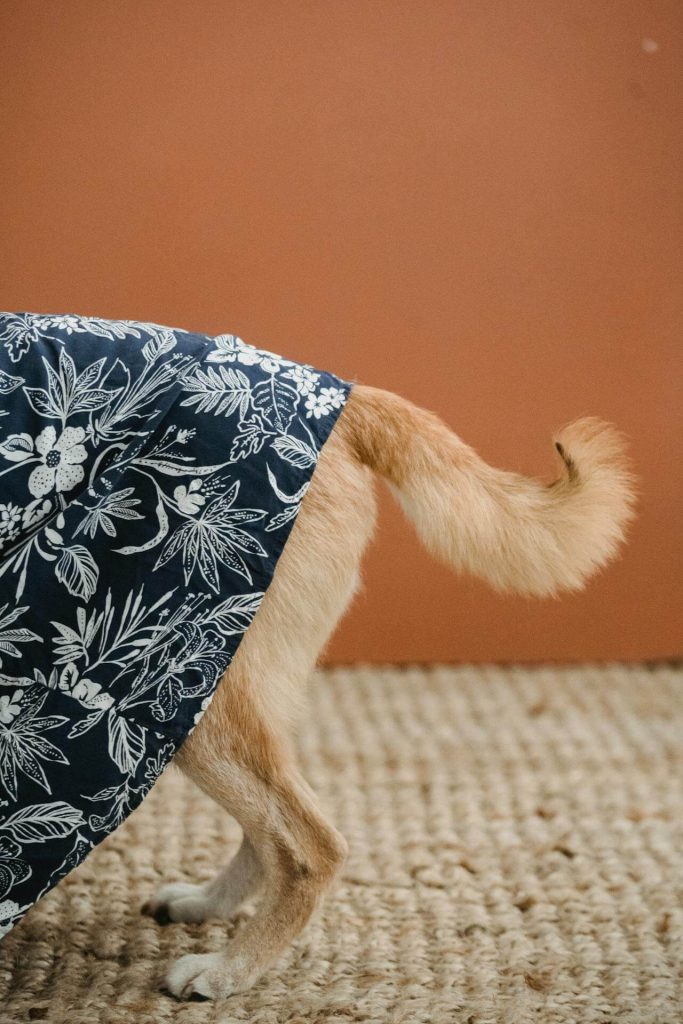If you know, you know (and if you don’t, you’re probably horrified). For some dog parents, the dreaded butt scoot is an unmissable sign that their dog’s anal glands have become uncomfortably swollen and need expressing. For others, it simply never comes up.
While most dogs will live their entire lives never needing any maintenance on their anal glands, others will routinely require your help. If your pet is dragging their rear, acting quickly can prevent painful inflammation and infections (and save your carpet).
Just beneath the skin on either side of your dog’s anus are two grape-sized glands that emit a foul-smelling fluid. Scientists still aren’t completely sure of its purpose, but there are two prevailing theories:

Some veterinary experts believe that the fluid excreted from the anal sacs exists to lubricate hard-to-pass-stools with less trauma to the rectum. Others believe that the fluid contains pheromones that function as a calling card for other dogs, providing information about the age and sex of the dog that had a bowel movement. This theory may explain why pets tend to sniff each others’ butts when they are first introduced.
Regardless of which theory is more accurate, the result is an inconvenient reality for many pet parents. If the anal sacs don’t release fully on their own when your dog passes stool, they become swollen and irritated.
If you notice your dog dragging their bum across the carpet, they are likely trying to use their body weight to squeeze the excess fluid from the anal sacs. Aside from being unsanitary, this behavior can traumatize the skin and lead to infection.
Most veterinarians and groomers associate anal gland expressions with smaller pets, but dogs of any breed may require maintenance on their glands. A better predictor of anal gland issues are health factors like:

Anal gland expression isn’t necessarily a regular part of pet healthcare — most dogs will release trapped glandular fluid on their own when they have a bowel movement. If your dog isn’t showing any signs of distress, there is no reason to interfere.
That said, keep an eye out for the classic signs of anal gland problems:
Glands that go unexpressed can become impacted and infected. Over time, they can burst through the skin in the form of painful open sores, or abscesses. These dogs may require antibiotics or surgery to drain the infection.
Fortunately, proactive care can prevent anal gland issues from becoming serious medical events.
Because it is an unpleasant task, many pet parents choose to have their veterinarian or groomer express their dogs’ anal glands when the need arises. If your pet requires more frequent attention, however, it may become impractical to outsource the job.
If you’d like to learn how to express your dog’s anal glands at home, schedule an appointment with your vet and ask them to demonstrate the best way to perform the procedure without damaging any delicate tissue.
Though some dogs will have a genetic predisposition towards anal sac issues, diet is the most practical way to reduce the frequency with which the glands become swollen.
Dogs who aren’t consuming enough dietary fiber to produce voluminous stools won’t be able to express their glands during bowel movements. Similarly, dogs who are chronically dehydrated will have unnecessarily thick glandular fluid that doesn’t excrete easily. If you notice your dog’s secretions are more toothpaste-like than liquid, chances are they don’t have enough moisture in their diet.
There are plenty of tasty, natural treats that contribute to healthy stools already in your fridge or pantry. Add a spoonful of canned pumpkin (not pumpkin pie filling) to your pet’s kibble, or reward good behavior with fibrous, hydrating snacks like blueberries, carrots, green beans, and seedless watermelon.